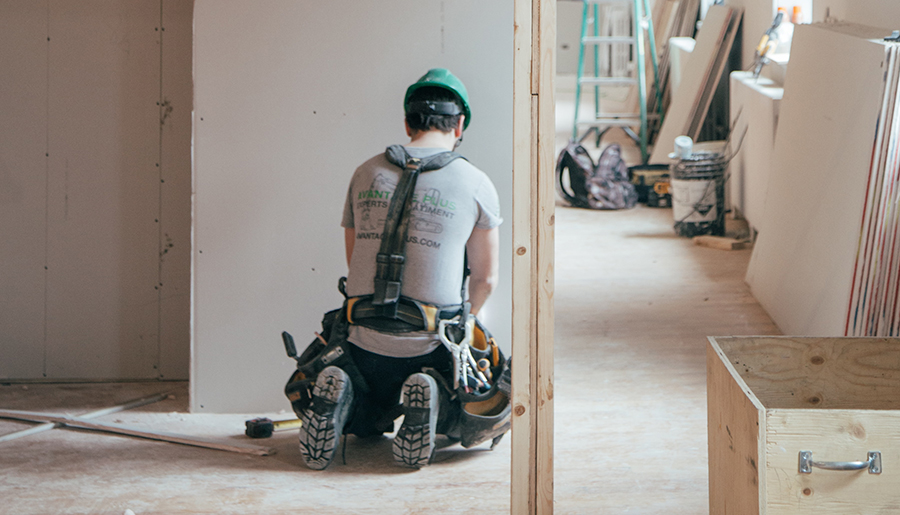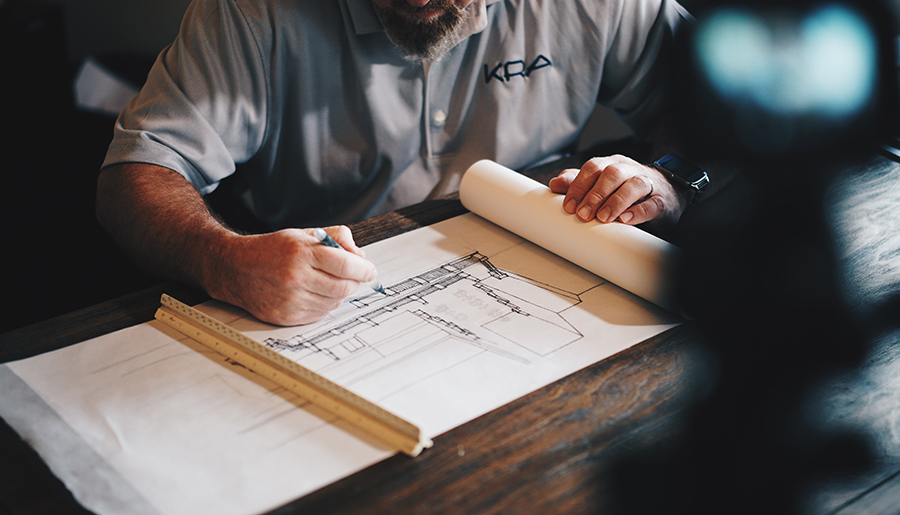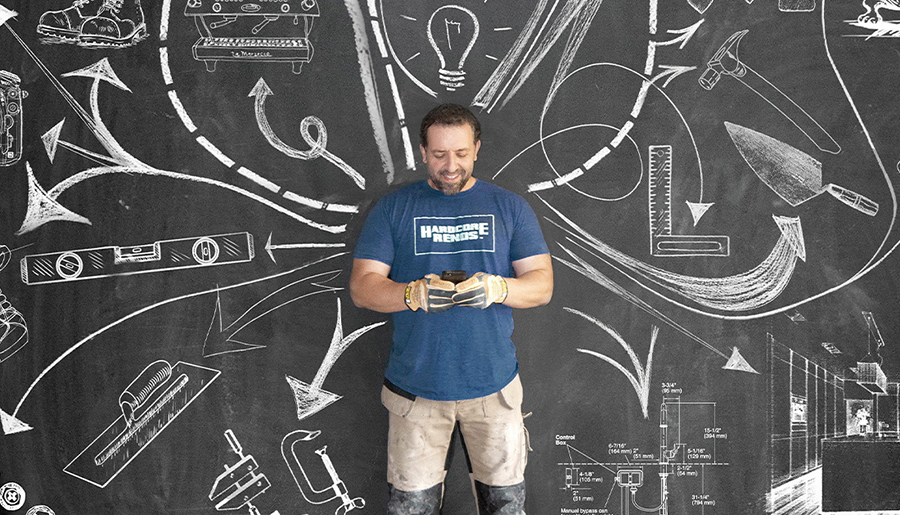For quick refreshes or in-depth training, many in the building industry use training videos, animations, and even virtual reality to help workers get the job done right.
This video learning revolution has come to the building trades and is filling a much-needed role in skills training for many in the workforce. These days, everyone looks at how-to videos to train themselves on all types of tasks—from changing your cell-phone battery to knitting a scarf. And for construction training, there are numerous advantages to using digital tools for training that can help savvy companies up their productivity and quality, all while increasing the knowledge of their workers and managers.
“The biggest shortfall in our industry is the lack of training of any sort,” says Mark LaLiberte, president of Construction Instruction, Inc. (CI). “That’s a big problem when you realize that we create complex structures meant to last a century.” The combination of tougher energy codes and more complicated building assemblies makes installer training more critical than ever.
Training managers first
Many companies opt to get in-depth training for their project managers, lead carpenters, or supervisors, so they can then teach workers the new skills on-site. This works for many types of training, especially as changing regulations and newer building materials necessitate working in new ways. Even the government has gotten in on the action, with OSHA hosting a number of different safety videos for the construction trades.
But even basic training can be an issue with the shortage of skilled workers in the construction industry today. Being able to either give workers a brush-up lesson or even introductory training with a short video makes good sense. Moving pictures can really show the physical processes well, and there is often no need for voice-over, meaning that language skills are not a barrier to the various workers learning the lesson.
LaLiberte says that some builders have asked him to animate details that cause their trades the most problems. “Someone is much more likely to do the job right if they see a video or animation than a static drawing,” he says.
Manufacturer expertise plays a role
Many manufacturers are also helping fill in the training gap. Who better to give specific instruction on the features and installation details of their products than the manufacturers themselves.
JELD-WEN, for instance, has a series of online installation videos and offers a range of more in-depth CEU courses. The company’s architectural consultants use these to assist them during field trainings. “The design and construction community doesn’t have time to research these topics,” says Joe Fox, vice president of architectural services. “They want highly competent pros to advise them.”
Into the future
Virtual reality also has great potential to offer training and simulation for building trades. Steve Byers, co-founder and CEO of EnergyLogic, hired a developer to build Game of Homes, a scenario-based, online learning platform that used game technology. The system gave players a home performance problem, then let them work it out in a VR environment. “It was very sophisticated,” he says. “Our student retention and learning outcomes went up considerably.”
Unfortunately, the company had to shut down the system because it was too expensive to maintain, but Byers believes costs will drop as the technology becomes more mainstream. “It’s a better, more flexible way of learning for almost everyone,” he says.
Not just a stop-gap solution
Using video training to augment basic skills, train about new materials, and ensure that all workers are on the same page is smart business. As more technology lives in our back pockets, workers can brush up on skills on-site, anytime, or take more complex video trainings off-site to help companies keep the skill sets in their workforce. As more of the workflow of construction goes digital, it becomes more and more possible to bring in training resources on demand—where and when they are needed. This is one way that companies can work smarter in today’s building industry labor environment.



